Florence Fennel Seeds
Florence Fennel Seeds (Foeniculum vulgare var. azoricum), also known as Finocchio or Bulb Fennel, is a cool-season vegetable cultivated primarily for its crisp, bulbous base, which has a sweet, anise-like flavor. Unlike common fennel, which is grown for its seeds and feathery leaves, Florence Fennel is prized for its edible bulb, which is used in a variety of dishes, from salads to roasted vegetables.
Key Characteristics of Florence Fennel Seeds :
- Scientific Name: Foeniculum vulgare var. azoricum
- Common Names: Florence Fennel, Finocchio, Bulb Fennel, Sweet Fennel
- Family: Apiaceae (Carrot family)
- Type: Annual or biennial vegetable
Appearance of Florence Fennel Seeds :
- Bulb:
- Florence Fennel has a swollen, white, or pale green bulb that forms at the base of the plant. The bulb is tender and crisp, with a mild licorice flavor.
- Leaves:
- Feathery, green leaves grow from the top of the bulb, similar to dill. These leaves are aromatic and can be used as an herb.
- Flowers:
- If left to flower, fennel produces clusters of small yellow flowers, though it is usually harvested before this stage when grown for its bulb.
- Size:
- Florence Fennel grows about 2-3 feet tall (60-90 cm) with a spread of about 18 inches.
Growing Conditions for Florence Fennel Seeds :
- Light:
- Fennel prefers full sun, requiring at least 6-8 hours of sunlight a day for optimal growth.
- Soil:
- Florence Fennel thrives in well-draining soil that is rich in organic matter, with a pH range of 6.0-7.0. It does well in sandy or loamy soil, as these provide the drainage it needs. Adding compost before planting helps improve soil fertility and structure.
- Watering:
- Keep the soil consistently moist, especially during the growing period, as fennel does not tolerate dry conditions well. Mulching around the plants helps retain moisture and keeps the bulbs cool.
- Temperature:
- Florence Fennel is a cool-season crop that grows best in temperatures between 60-70°F (15-21°C). It can tolerate light frost but will bolt in hot weather, so it’s best grown in spring or fall.
Care and Maintenance for Florence Fennel Seeds :
- Fertilization:
- Florence Fennel is a heavy feeder. Use a balanced organic fertilizer or compost at planting time and again mid-season to promote bulb formation. Fertilize with a nitrogen-rich product once the plants begin to develop bulbs.
- Hilling:
- As the bulbs begin to swell, mound soil around the base of the plants (a process called hilling) to blanch the bulbs and protect them from sunlight. This helps keep the bulbs white and tender.
- Pest Control:
- Common pests include aphids, slugs, and whiteflies. Use organic insecticidal soap or neem oil to manage infestations. To deter pests naturally, consider companion planting with plants like dill or coriander.
- Disease Control:
- Fennel can be susceptible to fungal diseases in humid environments. Ensure proper spacing and avoid overhead watering to minimize the risk. Rotating crops each season helps prevent disease buildup in the soil.
Harvesting Florence Fennel:
- Timing:
- Florence Fennel is ready for harvest about 80-100 days after planting, when the bulbs are about the size of a tennis ball (roughly 3-4 inches in diameter).
- Method:
- To harvest, cut the fennel bulb just above the soil line, leaving the roots in the ground. The feathery leaves can also be harvested and used as an herb. For a second crop of leaves, leave a few inches of the stem above the bulb and new growth will appear.
- Storage:
- Florence Fennel can be stored in the refrigerator for up to a week. Wrap the bulbs in a damp paper towel and place them in a plastic bag to keep them fresh.
Culinary Uses:
- Flavor Profile:
- Florence Fennel has a mild, sweet flavor with a hint of anise or licorice. The bulbs, leaves, and seeds can all be used in cooking, though the bulb is the most commonly eaten part.
- Uses:
- Salads: The crisp texture of raw fennel bulbs adds a refreshing crunch to salads. Thinly slice the bulb and toss it with citrus fruits or tomatoes for a light and flavorful dish.
- Roasting: Roasting fennel bulbs brings out their natural sweetness. They pair well with root vegetables and can be seasoned with olive oil, garlic, and herbs like thyme.
- Soups and Stews: Fennel adds depth and a subtle anise flavor to soups, stews, and braised dishes.
- Teas: Fennel seeds can be used to make a soothing herbal tea that aids digestion.
Nutritional Benefits:
Florence Fennel is rich in:
- Fiber: It is an excellent source of dietary fiber, which aids in digestion.
- Vitamins and Minerals: Fennel is high in vitamin C, potassium, and folate. It also contains calcium and magnesium.
- Antioxidants: Fennel contains phytonutrients, including anethole, which has antioxidant and anti-inflammatory properties.
Summary:
Florence Fennel, or Bulb Fennel, is a cool-season vegetable valued for its crisp, sweet, anise-flavored bulbs. It is easy to grow in full sun with well-drained soil, and with consistent watering and care, gardeners can enjoy a bountiful harvest in just a few months. Whether used raw in salads, roasted as a side dish, or incorporated into soups and stews, Florence Fennel brings a unique flavor to many culinary creations.

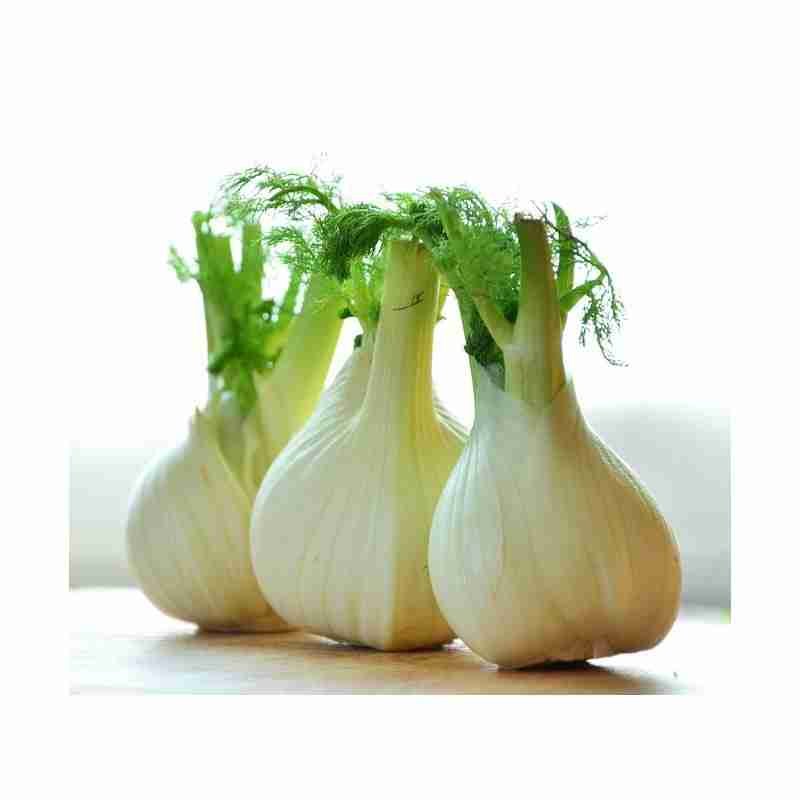
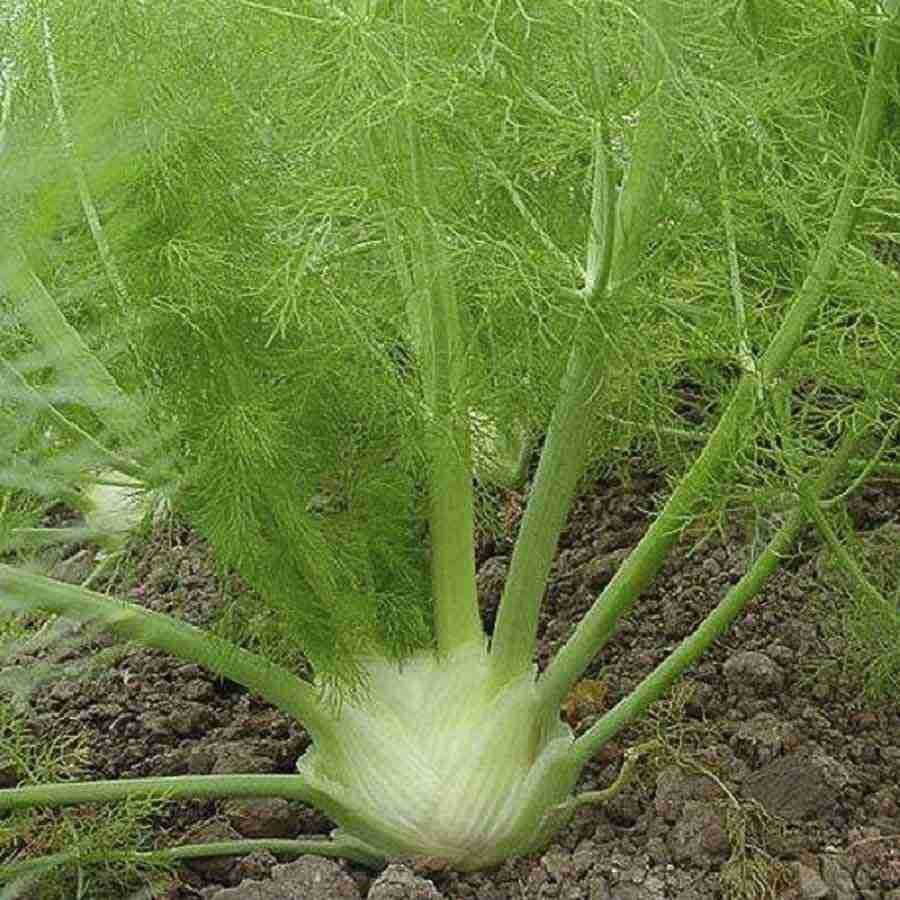
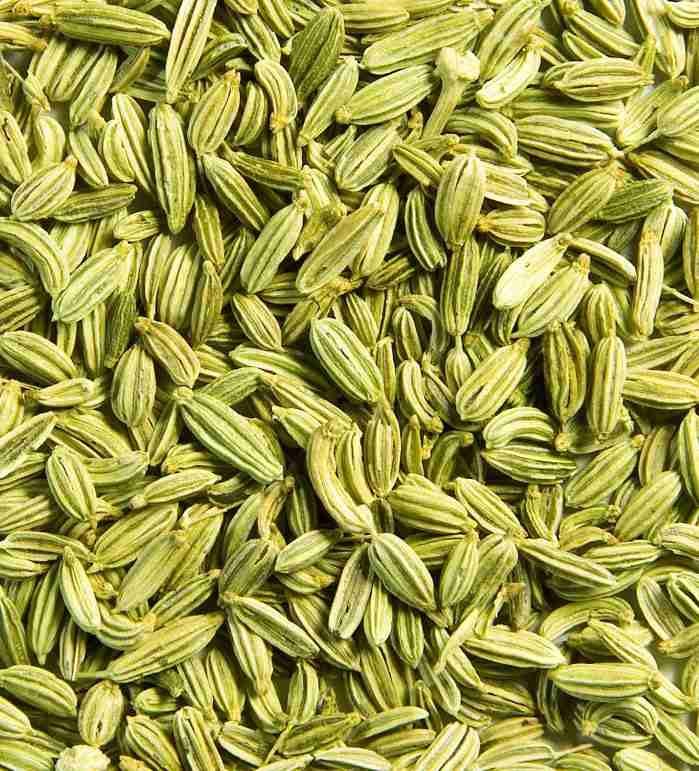

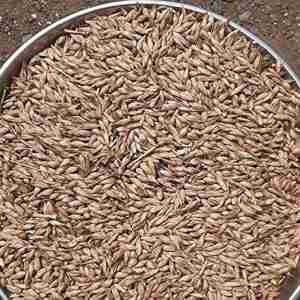
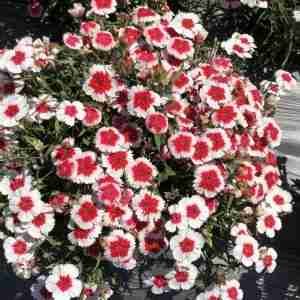


Reviews
There are no reviews yet.